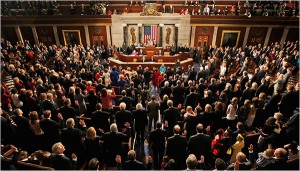Below is part two of American Resources’ three-part 2012 retrospective. Check out part one here.
Traditionally, the New Year is the time when people reflect on the past twelve months and formulate resolutions for the months ahead. As the first hours of 2013 have been dominated by the drama the Fiscal Cliff, our Federal lawmakers may not have gotten around to focusing on other less publicized — but no less pressing — issues, we at the American Resources Policy Network have put together a few New Year’s resolutions for U.S. policymakers as they relate to critical and strategic metals and minerals.
- Formulate a Critical and Strategic Mineral Strategy. Creating a strategic framework is the prerequisite to implementing good policy. Many other countries have already done so, and even more rigid and complex policy-making bodies of the European Union have taken steps in this direction. A first step might be to agree on a definition on what constitutes a strategic/critical mineral, as the current cacophony of definitional approaches has hampered policy-making.
- Don’t ignore the 800-pound gorilla – China. Some seem to think that with Rare Earth projects going online around the world, our mineral supply issues are solved and China’s near total supply monopoly is broken. However, China still controls a large percentage of global REE output to the extent that it could be considered the OPEC of the Rare Earths and will likely continue to do so for the foreseeable future. Moreover, mineral supply concerns stretch well beyond the so-called Rare Earths, and include a large set of other minerals and metals for which the U.S. depends to an alarming degree on Chinese imports.
Check back on Monday for part three!





